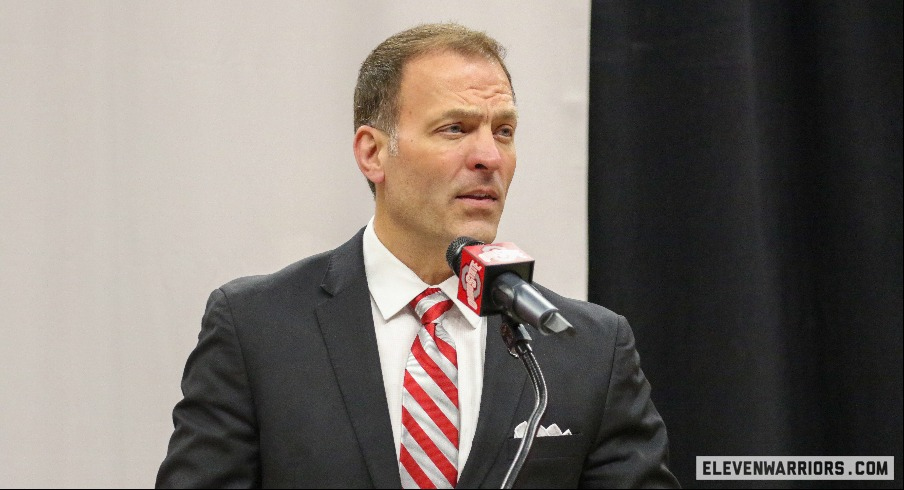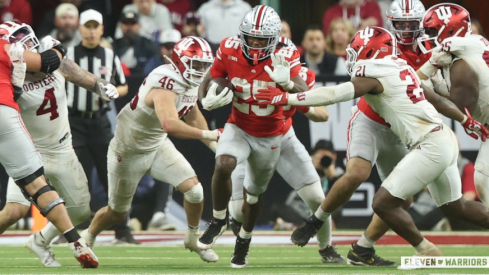Provided a federal judge approves a legal settlement of three antitrust cases against the NCAA, colleges and universities will begin revenue sharing with their athletes next year.
Incoming Ohio State athletic director Ross Bjork told The Columbus Dispatch on Thursday that the school has prepared plans for when the process starts.
"What we're working on right now is what the plan looks like,” Bjork said.
Ohio State, like colleges and universities across America, will be permitted to share millions of dollars in revenues from their media deals, sponsorships and ticket sales.
The direct payment to athletes, scheduled to start in fall 2025, would be capped at 22% of the average conference school's primary revenues. Though it is not mandatory, Ohio State will share the entire 22% with its athletes. Those payments would reach around $22 million in 2025 and would increase year after year, Bjork told The Dispatch.
"We know the percentage," he said. "We know the rough calculations. We know there are escalators. That's about all we know now."
Ohio State has two sports that generate more revenue than they spend – football and men's basketball – and 34 sports that spend more than they make. With revenue sharing on the horizon, questions remain as to how the athletic department will distribute revenue to more than 1,000 athletes in the 36 varsity programs.
“We are committed to Title IX. We have to be. It's the right thing. But it's also federal law.”– Ross Bjork
Bjork believes Title IX will be the most significant variable. Following a recent discussion with Ohio State's legal representatives, Bjork anticipates the payments distributed to male and female athletes must be proportional to the school's enrollment. According to documents The Dispatch obtained, Ohio State's enrollment in the 2023-24 academic year was 52% female and 48% male.
"We are committed to Title IX," Bjork said. “We have to be. It's the right thing. But it's also federal law."
How payments will be distributed is still to be determined, though Bjork does not expect the payments will be divided evenly between athletes. As such, Bjork said some sports, such as football and men's basketball, will receive greater financial resources. Additionally, sports like women's basketball, women's volleyball and wrestling – which generate more revenue than some of their counterparts even though they still spend more money than they make – could also receive special consideration.
“There are going to be hard decisions,” Bjork told The Dispatch, “because it’s a recalibration of the model.”


